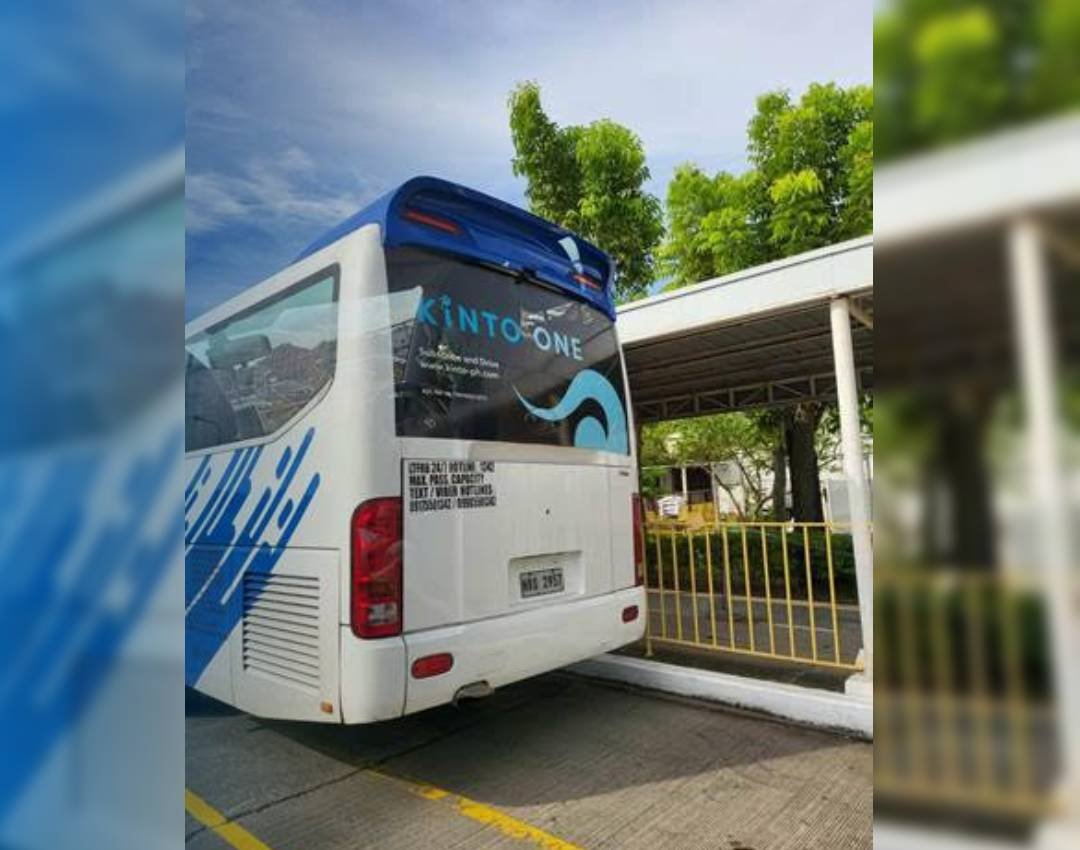Transit Advertising Philippines for Unmatched Brand Exposure
Transit Advertising Philippines for Unmatched Brand Exposure
Blog Article
A Thorough Examination of the Techniques and Techniques for Effective Transportation Marketing Campaigns
Transit advertising campaigns offer a special chance for brands to involve with diverse target markets in vibrant atmospheres. As we explore these essential parts, it becomes clear that the path to an impactful transit marketing method is both complex and gratifying, elevating the question of just how ideal to navigate these intricacies for maximum brand name presence.
Comprehending Target Demographics
Understanding target demographics is critical for the success of transit marketing campaign (Transit Advertising Philippines). Recognizing particular target market sections makes it possible for advertisers to customize their messages effectively, making sure that the material resonates with the designated audiences. This approach enhances involvement and optimizes return on financial investment
To efficiently assess target demographics, marketing professionals need to consider numerous vital factors, consisting of age, earnings degree, lifestyle, and occupation choices. For example, a project intended at young specialists may concentrate on comfort and modernity, while one targeting households may stress safety and integrity. Moreover, geographical aspects such as country versus metropolitan settings can significantly affect consumer behavior and choices.
Data collection techniques such as surveys, focus groups, and social media sites analytics supply beneficial understandings right into group fads and consumer practices. By leveraging this information, marketers can craft engaging stories that straighten with the values and requirements of their target market.
Eventually, recognizing target demographics not only educates the calculated instructions of transportation ad campaign however likewise ensures that resources are assigned effectively. This targeted technique enhances the chance of accomplishing project objectives, fostering brand name commitment, and driving conversions.
Imaginative Style Techniques
Efficient interaction with target demographics depends greatly on innovative imaginative layout techniques in transit advertising campaigns. To properly record attention in a congested visual atmosphere, designers need to prioritize clarity and visual impact. Making use of high-contrast aspects and strong shades can enhance exposure, making sure that messages are conveniently readable from a distance.
Including dynamic imagery that reverberates with the target audience is essential. Visual storytelling strategies can stimulate emotions and create remarkable associations with the brand. Furthermore, strategic use of typography aids convey crucial details rapidly; ideal dimensions and readable fonts additionally boost readability.
Incorporating interactive elements, such as QR codes or augmented truth features, can engage commuters beyond easy observation (Transit Advertising Philippines). These methods not only promote customer interaction however also link the void between standard advertising and marketing and digital interaction
Furthermore, making use of space creatively-- whether on bus wraps, transportation sanctuaries, or subway advertisements-- can result in cutting-edge designs that break the mold of traditional advertising and marketing. By embracing artistic creative thinking while maintaining brand name consistency, projects can foster a strong connection with their audience, eventually driving both understanding and action. The combination of these layout strategies is paramount for accomplishing successful transit advertising and marketing outcomes.
Strategic Placement Techniques
Taking full advantage of the influence of transit advertising and marketing depends upon calculated placement approaches that make certain ideal exposure and interaction. Efficient placement entails assessing high-traffic locations and understanding traveler demographics to determine the most advantageous places for advertisement screens. As an example, placing advertisements near entrances and leaves of transportation cars can record the focus of boarding and touching down passengers, therefore enhancing direct exposure.
Moreover, using both outside and interior surfaces of transportation cars can significantly widen reach. Outside ads, noticeable throughout commutes, involve pedestrians and various other drivers, while interior ads target travelers in a restricted setting. In addition, positioning promotions en route hubs, such as bus terminals or train stations, allows for increased impacts as commuters shift between various settings of transport.
Timing is likewise vital; aligning the campaign launch with peak traveling periods makes best use of target market involvement - Transit Advertising Philippines. In addition, leveraging electronic Check This Out screens in transit atmospheres can help with vibrant web content, boosting and supplying real-time updates user communication. By utilizing these calculated positioning approaches, marketing professionals can make certain that their transit ad campaign attain maximum visibility, reverberate with the target market, and ultimately drive desired results

Gauging Project Efficiency
To examine the success of transportation ad campaign, it is necessary to employ a variety of measurement techniques that give understandings right into target market involvement and total effectiveness. One primary approach is making use of vital efficiency indicators (KPIs), such as reach, impacts, and involvement prices, which measure the number of individuals saw the advertisement and communicated with it.
Studies and focus groups can additionally contribute in gauging customer understandings and recall, allowing marketers to understand the impact of their messaging. In addition, tracking website web traffic and social networks engagement during and after the campaign aids measure straight reactions to the advertising.
One more efficient method is resource using location-based analytics, which can supply data on foot traffic around certain transit locations, supplying insights into whether the campaign efficiently captured the attention of travelers. Furthermore, assessing sales information can expose relationships between transit marketing and increased profits, giving concrete proof of a project's performance.
Study of Success
Understanding the performance of transportation advertising and marketing campaigns via dimension strategies lays the groundwork for taking a look at real-world examples that show successful end results. One significant study involves a national drink brand that utilized bus wraps in city locations. The campaign aimed to increase brand name visibility and sales during the summer season. By utilizing geo-targeted electronic ads and analytics, the brand name determined a 30% increase in sales in regions where the wraps were plainly shown, showing the direct influence of transit marketing.
One more compelling instance originates from a local nonprofit company that launched a campaign on metro systems to promote a community occasion. The company integrated dynamic visuals with QR codes guiding travelers to a registration web page. Post-campaign evaluation exposed a 50% rise in occasion attendance compared to the previous year. Making use of direct interaction via modern technology enhanced the project's reach and performance.

Conclusion
In recap, effective transit advertising and marketing campaigns necessitate a comprehensive method that incorporates an understanding of target demographics, ingenious design techniques, have a peek at these guys and strategic placement. Collectively, these strategies foster brand existence and make the most of the return on financial investment in transportation marketing campaigns.
Comprehending target demographics is important for the success of transportation advertising campaigns.Effective communication with target demographics counts greatly on cutting-edge imaginative design techniques in transit advertising and marketing projects. By using these critical placement methods, marketing professionals can guarantee that their transit advertising projects attain maximum presence, resonate with the target audience, and eventually drive desired outcomes.
Recognizing the performance of transit advertising campaigns via dimension techniques lays the foundation for examining real-world examples that highlight effective outcomes.In recap, effective transit advertising and marketing projects demand a comprehensive approach that integrates an understanding of target demographics, ingenious layout methods, and strategic placement.
Report this page